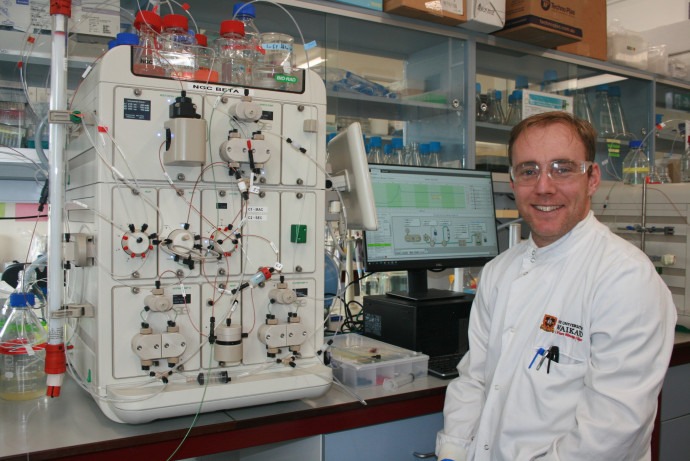Figure 1: Antibody structure and the clearance of viruses. Each antibody has variable regions that bind to pathogens and constant regions that direct the subsequent immune response. To clear viruses, elements of the complement pathway are recruited to destroy the viral envelope (A), or if the virus enters the cell is it targeted for rapid degradation by the TRIM21 pathway (B).
Over the past 18 months, the team have undertaken detailed characterisation of a broad panel of 35 different antibody constant region variants found in humans. They have found that different antibody variants bind with different strengths to C1q, a critical molecule in the anti-bacterial/anti-viral complement pathway (See Figure 1A). These findings suggest the sequences of the specific antibody constant region variants you inherit, will likely influence your capacity to respond to certain infections, with some variants offering greater protection than others. The team is planning to investigate these findings in greater depth with more complex models of complement activity.
Ongoing work is also exploring another antiviral response, the TRIM21 pathway (see Figure 1B). TRIM21 receptors tag viruses that are recognised by antibodies, but still manage to invade a cell. This last line of defence against viral incursion, targets invading viruses for destruction. Dr Kelton and his team are developing assays that mimic TRIM21 binding to understand how natural constant region diversity might impact TRIM21 pathway function.
Together these studies aim to shed light on why some people respond more robustly to viral infections compared to others. In the longer term, a deeper understanding of constant region function could lead to the development of better drugs for use as frontline treatments for infectious disease.



